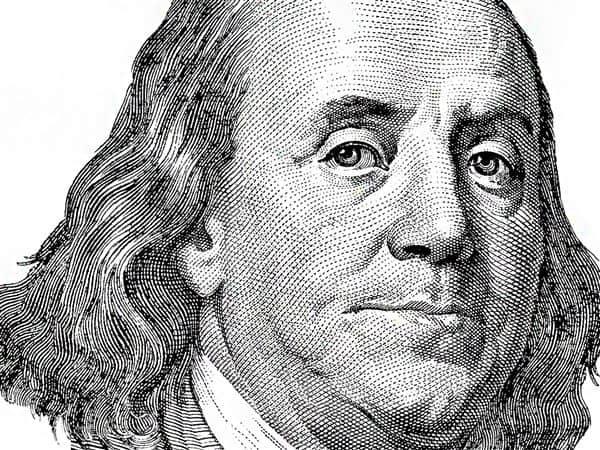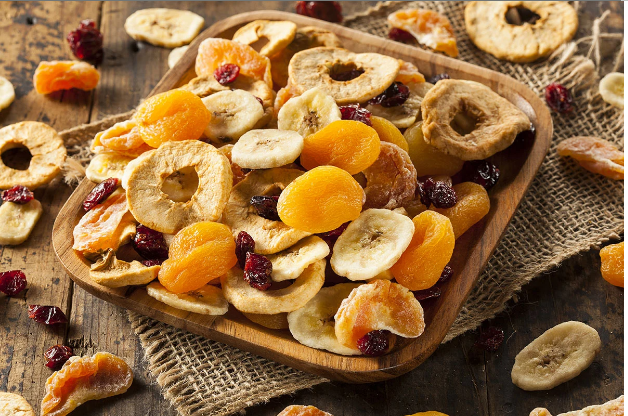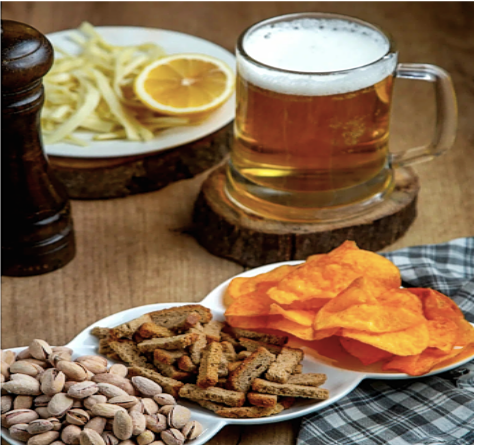Historical Fruits and Nuts |The Colonies of North American
Historical fruits and nuts play an important but understated role in eastern North American heritage. The settlers from early Jamestown, Virginia, and the New England settlements of 1622 document many varieties of nuts and fruits.
They were easy to notice because they were growing in such large quantities. Some varieties, such as grapes, were very similar to what they had from back home. Some were also reportedly superior in quality. Chestnuts, hazelnuts, walnuts, cranberries, crabapples, and cherries were gathered and prepared for winter storage.
The Drying of Fruit in The American Colonies
For preservation, most berries, cherries, and grapes would be dried in the sunlight. They provided essential nutrition amid delicate times for colonists. One colonist thought the cherries in New England didn’t measure up to the cherries back home. Calling them “red bullies” is hard to swallow. However, they were still prolific and nutritious. The grapes in Virginia did compare to those in Italy and England, being both large and delicious.
In Jamestown, pineapple and orange transplants would have an attempt to grow from Colonist Farmers but would eventually fail. Hardy fruit trees such as figs, apples, and apricots were later imported from England using seeds and cuttings.

Years later, William Penn and Roger Williams marveled at the variety of fruit and nuts flourishing in new America. Roger Williams acknowledged that the indigenous population had intentionally cultivated the large, seemingly wild fruit groves. Luckily for colonists, estimates of these historical fruit and nuts were in ample supply in eastern North America. Thus allowing for a good collection of wine and gathering a plentiful bounty for winter sustenance.
Sending Plant Grafts and Seeds Back To Europe From The Colonies
While grafts and seeds are being sent over from England. orchards and vineyards are becoming fruitful. Cider and wine are now flowing as well. Colonists carried some of the starter plants and seeds on a long voyage. Once they arrived in Europe, they would find use as payment in exchange for land.

While in London, Ben Franklin received a shipment of “Newtown Pippin” apples from the colonies. This would become the first noted transatlantic shipment of apples from eastern North America in 1758. Philadelphia’s John Bartram filled the order for the grafts.

Before the Revolution, American Apples Were The Main Export To England
In 1773, a bad crop of English apples led to large quantities of apple exportation from the colonies to England. These apples were more delicious and cheaper than England’s usual apple importer, Italy.
The American Revolution caused wealth and people to flourish, as did various fruit. The fruit was rapidly growing in the colonies, from raisins to pears to figs. America exported most of the food it grew. Only a tiny amount of fruit came to America by importation from the Mediterranean Sea. These historical fruit and nuts came from the new world and were sent back to Europe. These foods are shipped as gifts and exported to countries on privately chartered ships.
From the beginning of the American Revolution to Ben Franklin’s death in 1790, he regularly received food shipments. His son-in-law, Richard Bache, shipped the fruit, nuts, and seeds to him in France. Dr. Benjamin Franklin wrote and saved his recipe for energy bars in 1784. They contained almonds, walnuts, dried cranberries, and raisins. What we now consider to be a raw food diet, he encouraged. This diet was high in fiber and mostly vegetarian.
Benjamin Franklin lived to be a ripe 84 years old. Impressive, when the average life expectancy of men during this period was a mere 39 years old.







